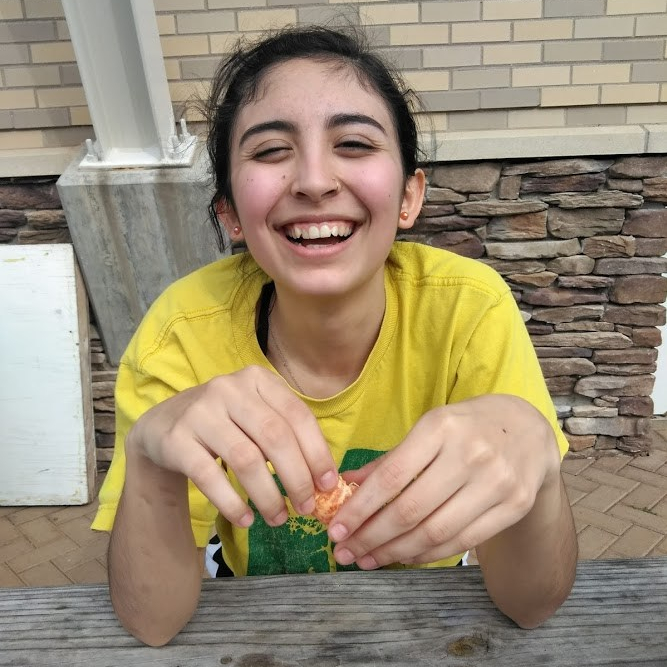
Anxiety is expressed in many different ways depending on the person who is suffering. It is a feeling of worry, nervousness, or unease–typically about an imminent event or something with an uncertain outcome. In the United States, there are about 40 million people who suffer from anxiety, which is 18.1% of the population. People may experience anxiety physically or mentally, and can be treated by medicine and/or counseling.(“Facts & Statistics”) If someone feels like they are experiencing anxiety symptoms, see a doctor. Never self diagnose because it may not be accurate.“It’s like a mental breakdown in your head that you can’t get out of,” sophomore Julie Lukoins said.
Generalized Anxiety Disorder is the most common teen anxiety disorder. Moreover, teens with GAD typically experience excessive worrying and low self-esteem.
A few physical symptoms of anxiety may include panic attacks, shaking, nausea, headache, shortness of breath, and more. Some mental symptoms include feeling like the world is slowing down or speeding up, worrying that you are losing touch with reality, and worrying about what might happen in the future. Almost half of people who struggle from anxiety also struggle with depression.(“Panic attacks and panic disorder” 2018)
“Anxiety to me feels like you have someone in your ear telling you that everything you do is wrong or you should fix this,” freshman Tyler Young said. “It’s like your mind and your heart are in two different places, and it feels like you’re always lost.”
What causes anxiety is still being researched, but brain scans of people suffering with various anxiety disorders have often shown evidence of chemical imbalances. The United States is considered one of the most anxious nations on earth. Anxiety disorders are more common among females than males. Variations of anxiety include generalized anxiety disorder (GAD), social anxiety, panic disorder, post-traumatic stress disorder (PTSD), agoraphobia, specific phobias, and obsessive-compulsive disorder (OCD). (“Facts & Statistics”)
Anxiety is the most common form of mental illness in the United States. It is estimated that approximately 10 percent of teenagers and 40 percent of adults suffer from an anxiety disorder of some kind. Although this illness may be treated with medicine and counseling, 2/3 of adults with anxiety do not receive treatment. Teenagers with anxiety receive treatment less frequently, and only 1 in 5 teens who suffer do. (“11 Facts About Anxiety”)
“When I am having an anxiety attack I start to panic and my heart beat increases,” sophomore Lilly Shilling said. “I feel that everything is spinning and my head starts to hurt,”
It is recommended that if you or someone you know is suffering from anxiety, to consult to your doctor to recieve help.
by Dakota Santee–Staff Reporter










